Starting out on your weaving adventure can be a bit daunting. There is so much to learn and so much to buy! This is a common topic here at Warped Fibers because I am always hoping to bring more people around to weaving.
Why wouldn’t I?
Weaving is awesome.
I have talked a bit about what you need to start weaving here and if you want to know the looms and supplies I use in my studio you can see those here.
Also if you are a new weaver or just someone looking for a weaving refresher then check out my FREE Weaving Guide For The Absolute Beginner.
Yep.
Free.
You can enter your info into the form below to sign up for my mailing list to get access to the free guide or just click the link above!
You can also check out my beginner weaver post for even more weaving tips for when you are starting out!
This page may contain affiliate links. If you purchase something through these links then I will receive a small commission – at no extra cost to you! Please read our DISCLAIMER for more info. Thanks for the support!
Table of Contents
- What to look for in a beginner loom
- Why you should start weaving with a frame loom
- Why you should start weaving with a rigid heddle loom
- My beginner loom recommendations
Looms are one weaving supply that might be the scariest to buy because they are the one that is the most exclusive to weaving. Everything else that you will need you will probably already have or will be able to use for other things.
What to look for in a beginner loom
Once you get to know what you want to do it can be easier to figure out what type of loom you want. I will be going over the 2 main types of weavings that you will probably be starting with and what type of loom you will need to weave them.
That being said, there are so many different looms out there, and all of them offer different things.
When you are first starting out it can be a good idea to try to find a goldilocks loom that is not too expensive and has some options but is still simple to use.
If you want to go all out from the beginning because you do not want to buy another loom later, just remember that there is nothing wrong with having more than one loom! You can also upgrade later once you know what you really like. There are many different places you can sell a used loom if you decide to make room for a new one.
Other things you might be looking for are a frame loom with a stand for easier weaving or a loom that is small either for storage or portability.
Make yourself a list and go from there.
Why you should start weaving with a frame loom
If you are new to weaving or looking to get into it then these are my recommendations for looms to get you started and get you hooked!
If you are brand new to weaving then the best way to dip your needle in is with a frame loom!
Frame looms are my favorite beginner looms and not just because they are how I originally started weaving.
That being said, there is a reason that most people start with frame weaving. They are (mostly) inexpensive, (mostly) small, and generally easy to warp.
There are now 2 ways to take it – either purchase the whole course at once for a discount or “create your own” course by purchasing just the parts you want! Either way, get 10% off for being a member of the Warped Community!
Inexpensive
Frame looms are just about as simple as you can get when it comes to starting your weaving journey. While, yes, you can start with a cardboard loom (learn how to make a cardboard loom here) if you have the ability I recommend you give a frame loom a try instead.
Frame looms will not only give you better warp tension but also will not fall apart after a few uses. They can even be just as inexpensive or almost as inexpensive as just pulling some cardboard out of your recycling bin.
That is because you can use a repurposed picture frame that you already have laying around or grab something from a clearance section for only a few dollars.
This type of loom is called a simple frame loom and if you want to learn more about them then you can learn about simple frame looms here.
Speaking of warp tension, their ability to hold a very high tension makes frame looms ideal for tapestry weaving. If you are wanting to start your weaving adventure with tapestry then frame looms are the best option.
If you want something that may actually be simpler than a simple frame loom then you can get a loom with notches or make one with nails. These will warp up even faster than a simple frame loom (which already warps up fast) because everything is already spaced out and good to go.
You can also learn about spacing hacks for your simple frame loom here.
Easy to warp
Since there are many different types of frame looms there are varying degrees of difficulty when it comes to warping your loom. All of them though, are going to allow you to get weaving fast and with little effort.
The easiest frame looms to warp are going to be ones with dedicated notches or nails with either no shed system or a simple heddle bar (see above video.) These looms require no extra math to figure out your EPI and keep your warp spaced perfectly as you go.
Other types of frame looms are not hard to warp, but they may require a little extra effort. They do have their advantages though.
Learn about different types of frame looms here.
Learn specifically about simple frame looms (my favorites) here.
They don’t take up a lot of space
Most frame looms are small.
This means that not only are they good for travel, but they are also good for when you do not have a bunch of dedicated space to devote to a skill that you may not even love.
Do not worry. You will love it.
That sounded threatening… anyway.
Not only do you probably not know if you will love to weave or not, but you may not even know what you really want to weave. It is never a bad idea to start small and work up from there. If you decide later that you want a larger loom of any type you can still rest easy knowing that you can always still use your frame loom for smaller weavings or samples.
You can read more about finding the best second loom here.
Why you should start weaving with a rigid heddle loom
Not everyone wants to weave tapestry.
When you are looking to weave something else, then a rigid heddle loom might be a better object for your creative input than a frame loom – at least to start.
Rigid heddle looms are great for weaving longer weavings that are either balanced or pattern woven, but tapestry should be left for a loom with the ability to hold more tension.
Easier to warp than a floor loom
Floor looms are notoriously annoying to warp. Not necessarily hard, but there are a lot of steps and it takes a while. The more steps there are, the more opportunities you have to make a mistake in the process.
Mistakes are good. They are how we learn.
For most people though, when first starting anything new it is a good idea to start on the easier side to get hooked first. It is a lot easier to deal with things that can be frustrating when you love what you are doing.
Rigid heddle looms have the ability to be warped directly instead of using a warping board or mill. This means that you eliminate a step in the warping process that requires you to measure out your warp first and then put it on your loom. Beyond this, the warping itself is simpler because there are fewer moving parts to deal with.
Unlike a floor loom, a rigid heddle loom only has 1 heddle for you to pull your warp through. This means fewer chances to make mistakes.
Longer weavings than a frame loom
Sometimes a frame loom is just not going to cut it for what you want to weave. If you know going in that you want to weave scarves or other long pieces of fabric then starting with a frame loom may not make sense.
Weaving on a rigid heddle loom is great for when you want to create longer weavings and when you want to work on balanced or pattern weavings.
With its ability to have an advancing warp you can create weavings that just keep going!
Even if your goal is not to weave something specific, rigid heddle looms can be great for beginners because they allow you a lot of room to practice your weaving skills. Weaving, just like any other skill, will only keep improving with time and practice.
The more time you have to weave without having to re-warp your loom keeps you in the weaving mind-frame longer. A.K.A. more time to get hooked!
My beginner loom recommendations
If you really just want to get started with no fuss then purchasing a loom that already has notches and a shed device will get you weaving the fastest with the least amount of learning involved in the warping process.
Frame looms
If you are going the simple frame loom route then you can use any old frame you have laying around or one that is found in a clearance bin to keep it cheap. You can also use canvas stretcher bars for a more tailored size. I usually purchase mine here.
Another inexpensive frame loom that is great for beginners is this notched loom that you can find on Amazon.
Easy to warp? Check
Inexpensive? Check
Portable and easy to store? Check
Heddle bar capability? Check
Rigid Heddle Looms
Rigid heddle looms for beginners are usually less expensive, but still capable of weaving a lot of different techniques including pick-up weaving.
The Schacht Cricket rigid heddle loom is great for beginners because it is small and does not have any extra frills. You can read my full review here.
Take a class
If you are still having some doubts then the best loom to start with is one that you do not own! Taking a local class helps you to get your needle on the loom without committing to anything you have to keep in your home. A lot of times you will get to use a loom that may even be beyond beginner status (but still has beginner capabilities.)
If you are in the Richmond, Virginia area then check out my in-person classes. If you are not, then just google weaving in your area to get in with a local weaver who can teach you on their looms before you purchase your own!
















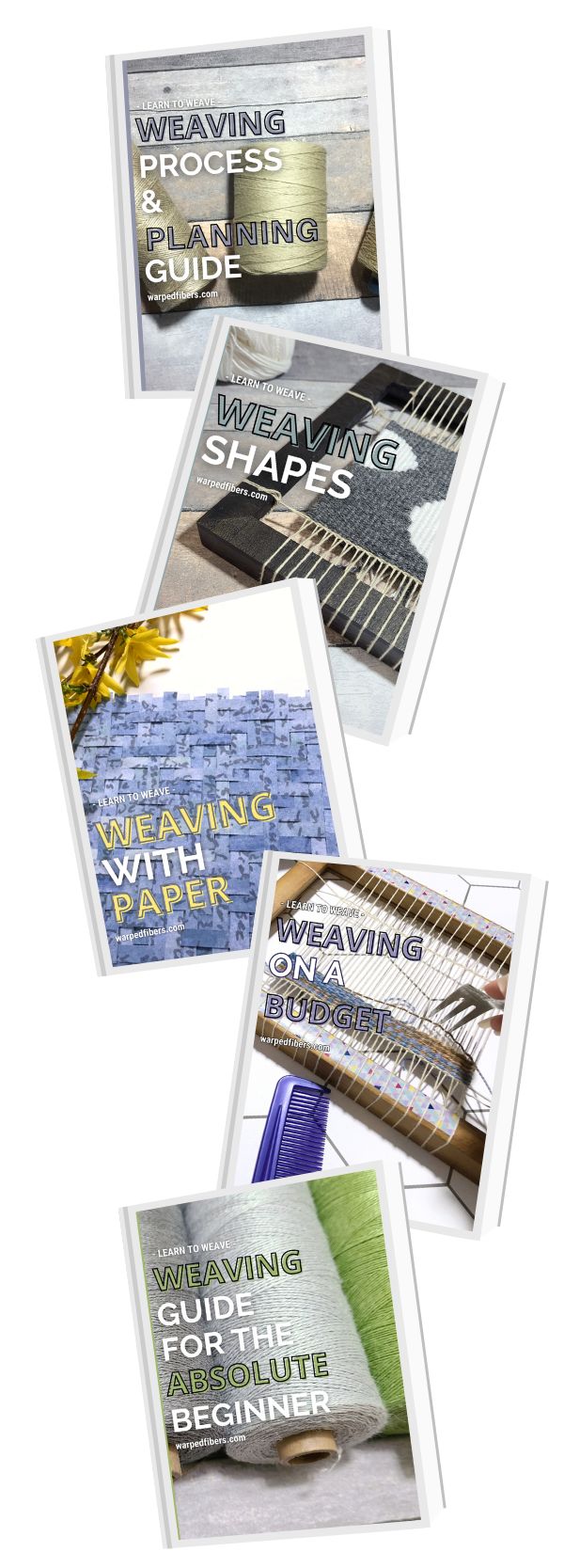
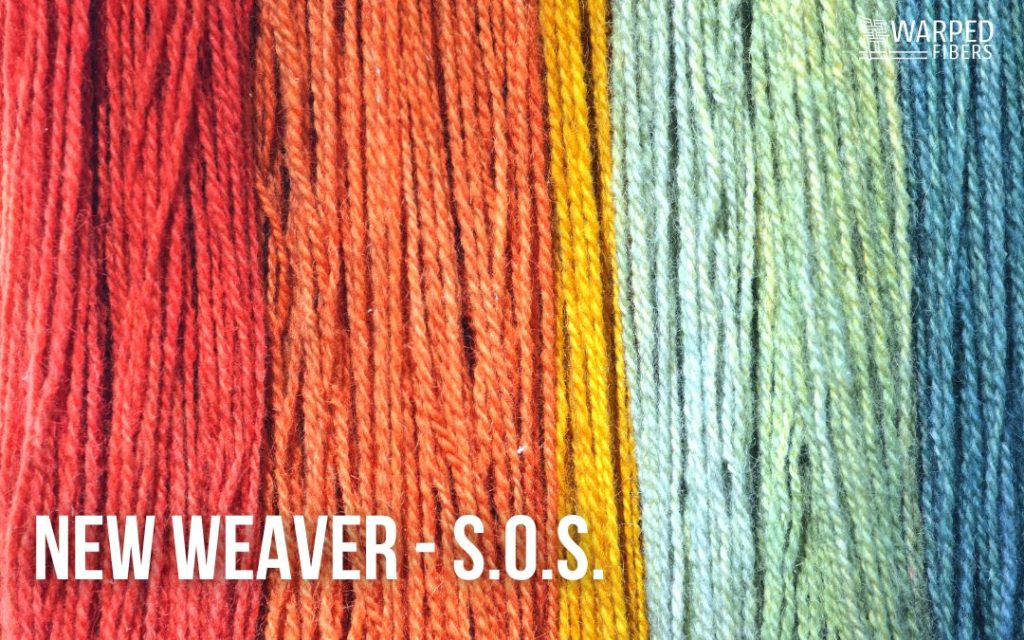

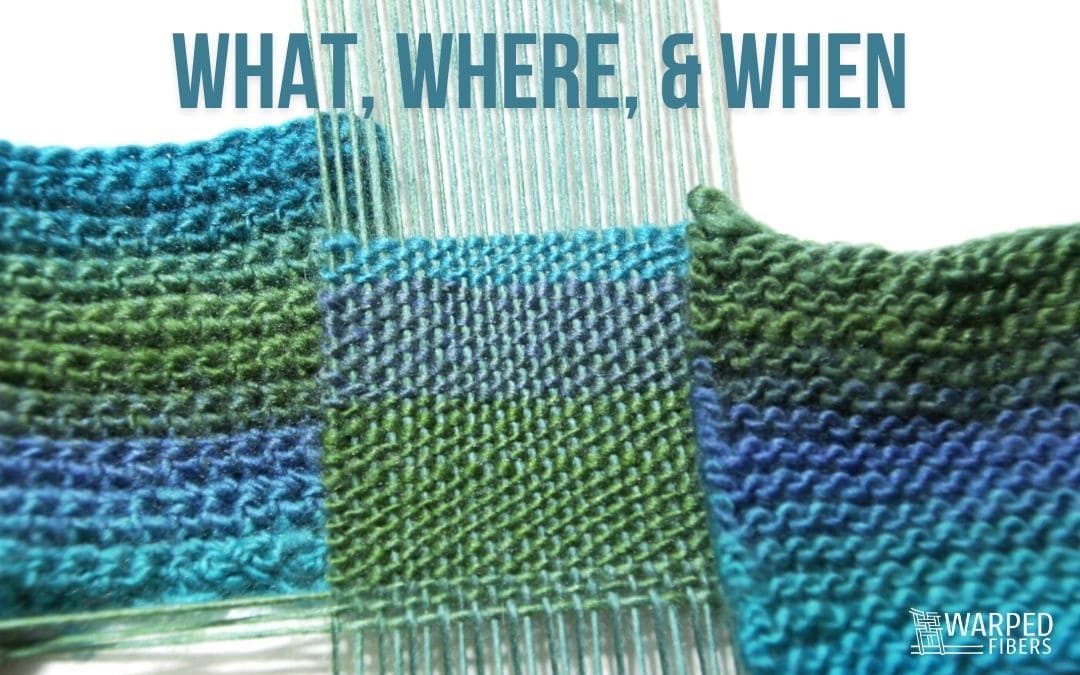

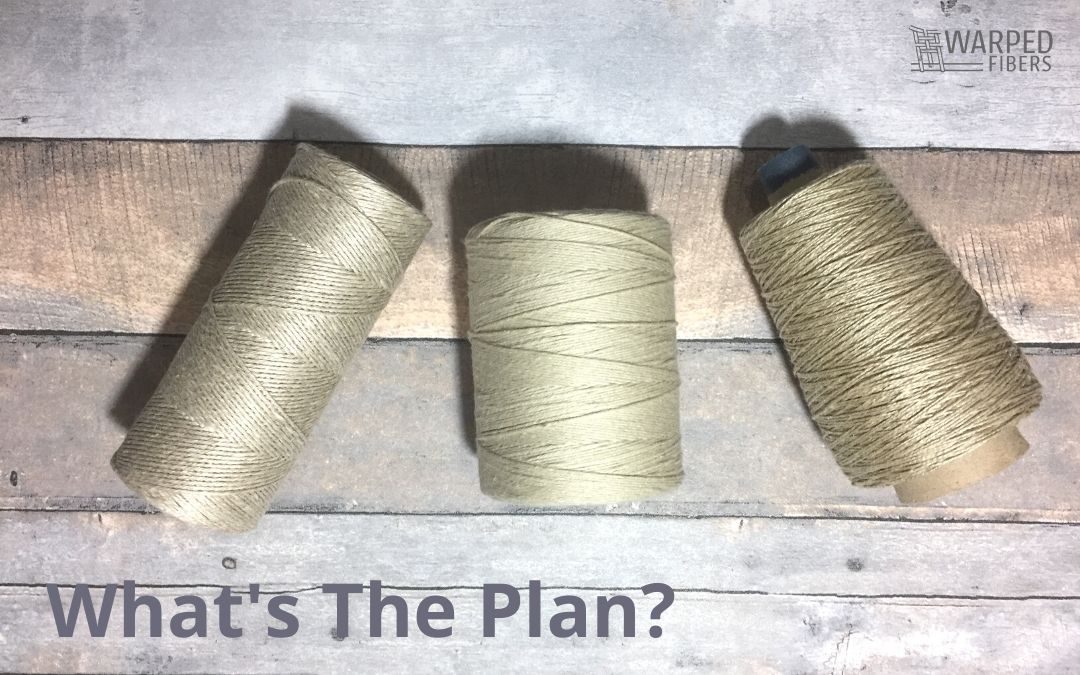

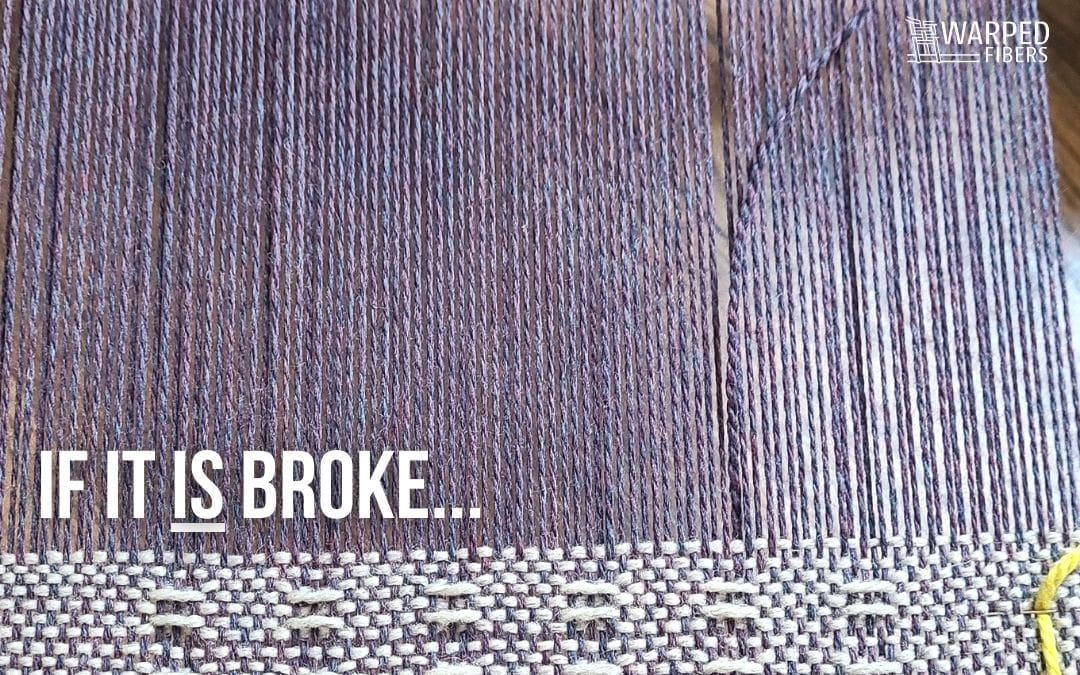

I enjoyed reading the material on frame looms. My question would be, can you make dish towels on a frame loom? I can’t find any information on doing this. Your help would be greatly appreciated.
Absolutely! You have 2 options: either use a frame loom big enough for a towel or use a smaller loom and sew the weavings together!
I was wondering if you could let me know what looms would be the best for a beginner on amazon
Thank you
Hi Cathy, I did a post on some of my favorite looms you can find on Amazon. You can find that here!